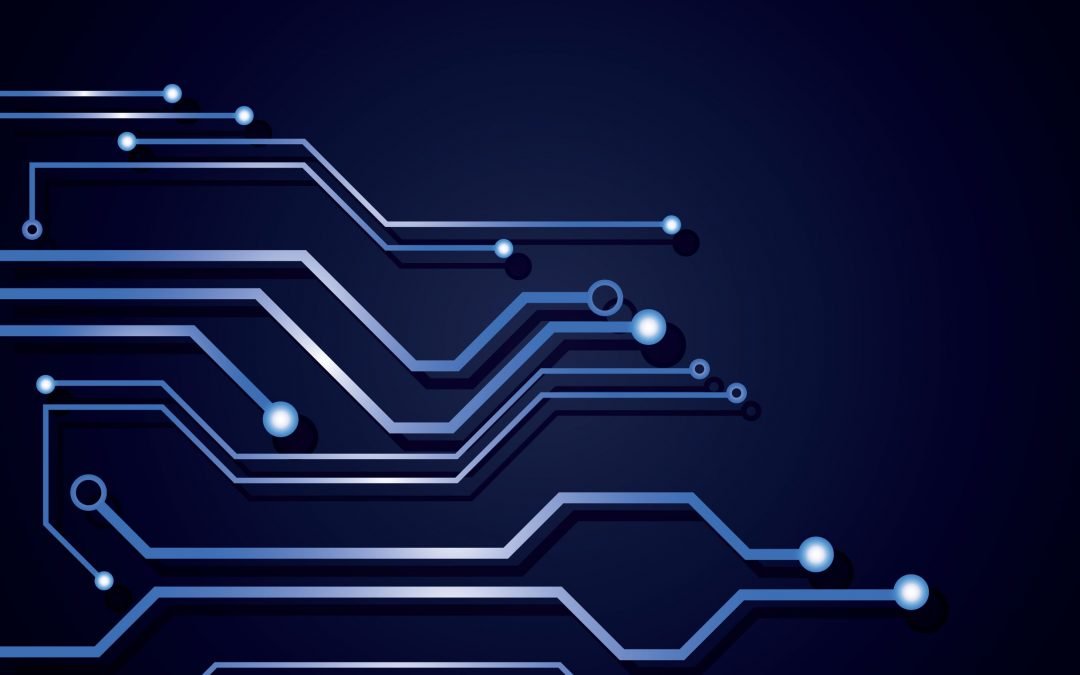The PCB assembly process undergoes thorough and intricate steps. PCB’s being the staple circuit board mechanism in most of the electronic appliances is undoubtedly major components that require perfect assembly otherwise they can be major causes of concern for many industries.
BluePrints and Layouts
The assembly process in factories start with a framework or blue print layout and make their way to the customers. Due to the advancements in PCB production, modern manufacturing units hardly have any workers on the production floor. This is because most of the manufacturing process is subject to automation and efficient machinery.
In the starting stage of assembly, the burr board inserts into the laser marking machine, which marks a serial number on the board so that the board can have a manufacturing label. This process is common in large scale production, but is not something common to all Printed circuit board manufacturers.
Applying Solder Mask
The process initiates with the application of solder to the circuit board. Solder mask is a material that sits on top the circuit as a layer in which you can install components of the circuit board. A specific inspection machine then inspects the circuit board and ensures that it is aligned.
Once the inspection is complete, it applies solder all the way across the surface board in an evenly fashion. After solder application, the solder goes through another inspection to ensure that it is applied evenly. Once the inspection is complete, the board is ready to undergo the next stage.
Adding Component Placements
The next stage involves the addition of the placements. Machines rapidly add placements on the board that are coming from the reels. This machine includes heads that pick up the reels and attaches them to the circuit board. This reel placement happens for about eight times before the circuit board is ready for the next stage.
After all the components attach to the board, it is then ready for the reflow process. This process is important since the solder needs to melt so that it can adhere and be a good surface that provides mechanical and electrical connections between components and parts.
Reflow process
When it goes under the cooking process of the machine, it comes out from the other side to cool. Cooling process takes place so that all the junctions between the components can form and solidify. This results in the next step which involves testing.
Inspection and Electrical Testing
The final inspection will now ensure that all the components are situated in their correct specific placements so that the circuit board assembly is ready for use. In this testing, advanced machines identify whether the pins are contacting the pads in the exact location. At this point, the SMT process is in completion.
Electrical testing can have implications that follow two processes. The first involves the bed of nails, which helps manufacturers test at a high volume at a shorter time, however it require expensive fixtures. The second testing method is a flying probe, which is a high mix at a small volume.
If the circuit board assembly includes large BGA components, then manufacturers need to inspect whether the pins are reaching the right layer. These pins are usually behind each component and therefore, you cannot test those using automated machines. In this scenario, manufacturers will likely use the help of X-ray images and make sure that the soldering and components are adequate.
Parts of a PCB, or Printed Circuit Board
Whether the PCB board is inside an air conditioner, or a refrigerator, you can find numerous different parts mounted on the bare board. The main components that you are likely to find and which are critical for its functioning involve a Fuse, transformer, and a switch. The quantity and types of these components can vary according to the specific electrical appliance.
To Conclude
All of these processes and testing are then finalized by a functional test. As you can see, the process of a printed circuit board assembly is full of inspections and automated machine work. Thus, it is a true reflection of the detailed workings in a mass production factory.


Recent Comments